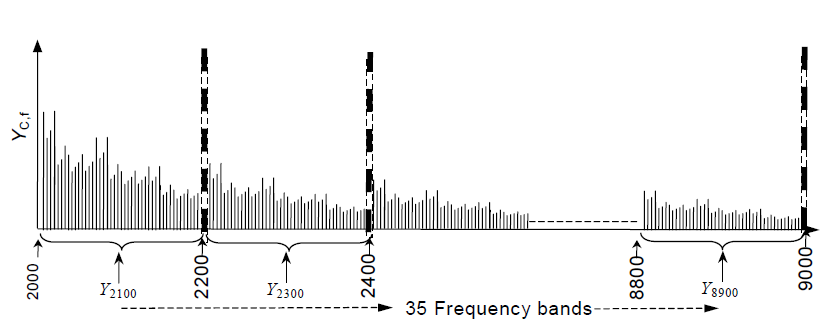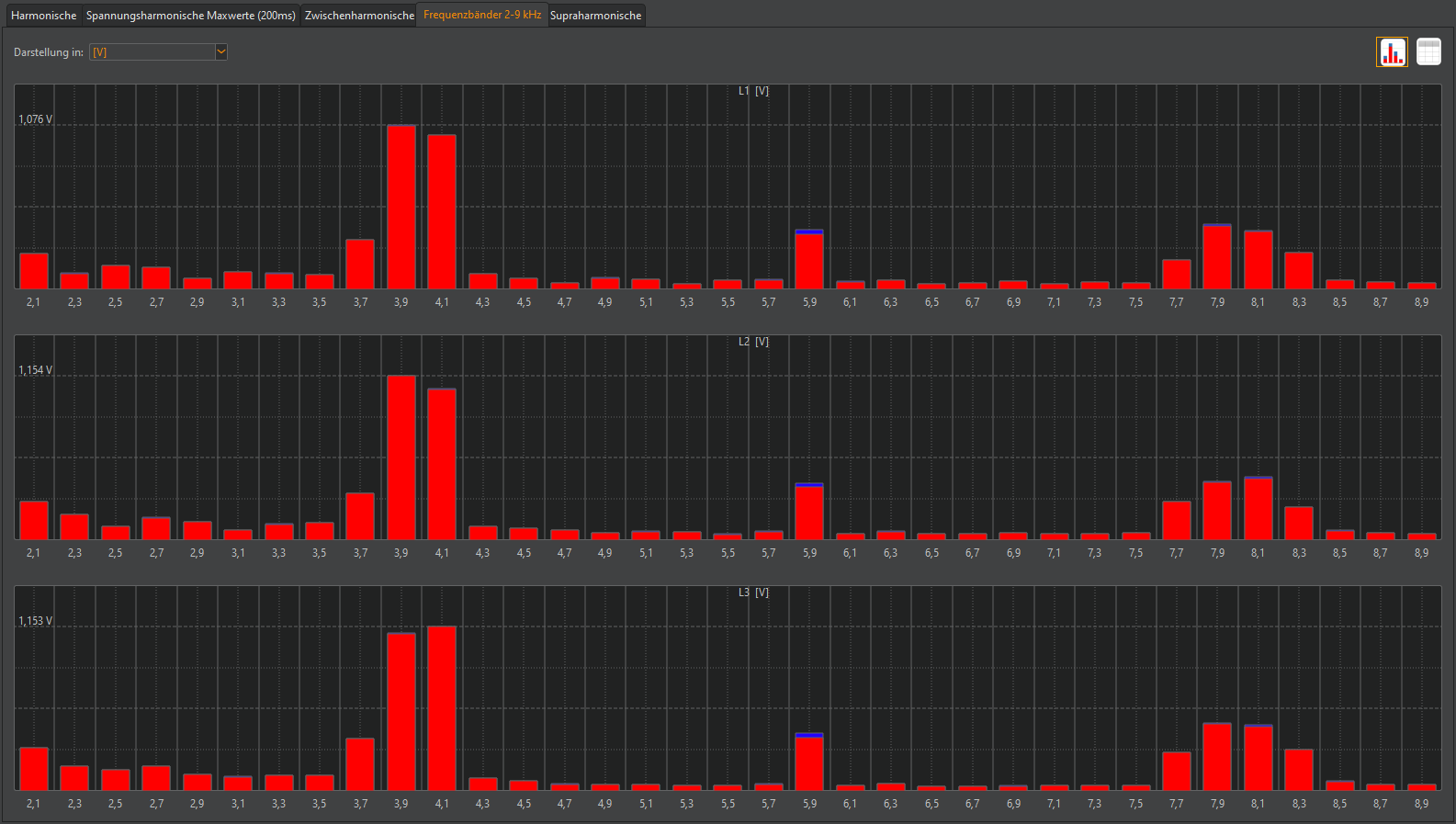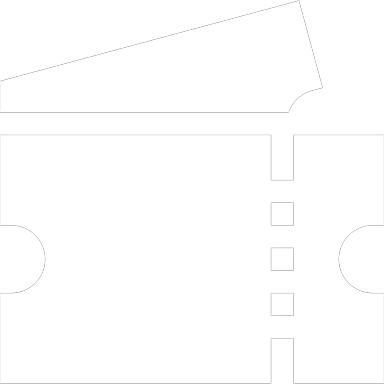
In Germany, Austria, Switzerland and the Czech Republic, the D-A-CH-CZ guideline determines the rules of the connection of customer installations to the public grid regarding the evaluation of currents. The booklet “Technical Rules for the Assessment of Network Disturbances” is published by the international working group EMC & Power Quality (D-A-CH-CZ). In recent years, intensive work has been put to publish a new version. This version is a much more comprehensive guideline and has recently been published and provided with many innovations and detailed specifications.
What impact will the change have on users of A. Eberle’s power quality measurement technology?
While the old version only evaluated odd-numbered current harmonics up to atomic number 25, the new guideline includes the entire frequency range up to 9 kHz.
Devices must detect the range of superharmonics from 2 kHz to 9 kHz in conformity with the standard with 200 Hz bands according to EN 61000-4-7.
The maximum permissible supraharmonic currents of a system connected to the mains can be calculated using the following formula. Please note that the formula is to be used for a nominal mains voltage for Un = 400 V. For deviating voltages, linear conversion is possible.
I_{b zul}= \frac{1}{k_{b}}*\frac{3,3*b^{-0,52}*1 A}{(10,25-\frac{9kHz - b}{kHz})* (r+(1-r)*\frac{0,57MVA}{S_{k V}}}Ibzul
kb
Skv
b
r
Permissible superharmonic current
Resonance factor for the superharmonic with centre frequency b
Short-circuit power
Centre frequency of the frequency band b
Allocation factor
The good news for our customers: Nothing will change for them!
As the innovation leader in the field of mobile power quality measuring devices, our measuring technology is always ahead of its time. The mobile PQ boxes, as well as the Power Quality System analyzers PQI-DE and PQI-DA smart, have been meeting these specifications for a long time.







